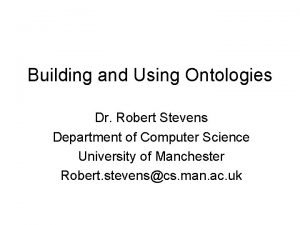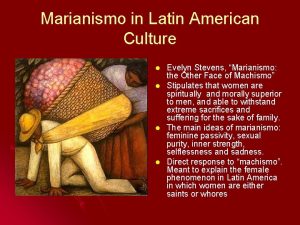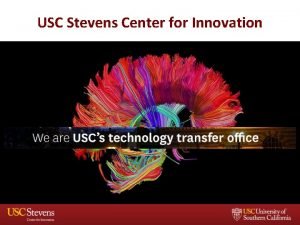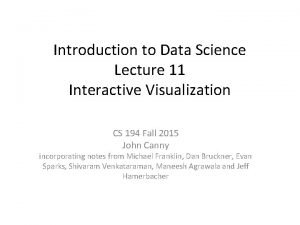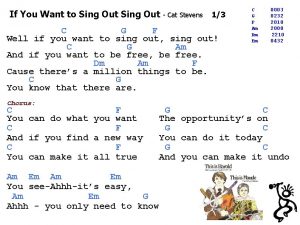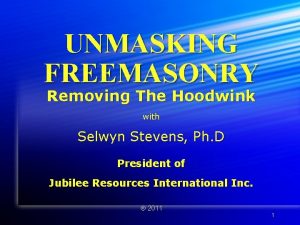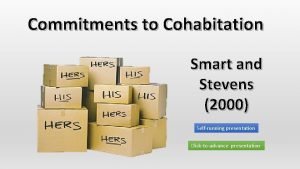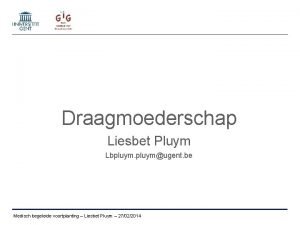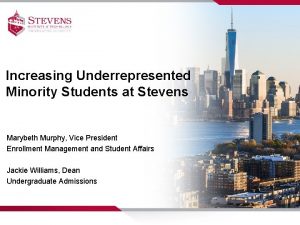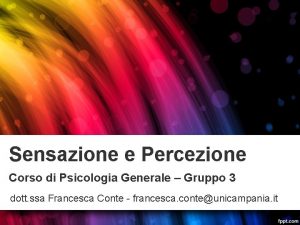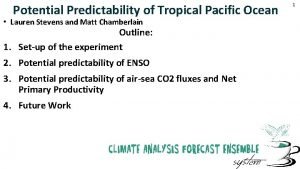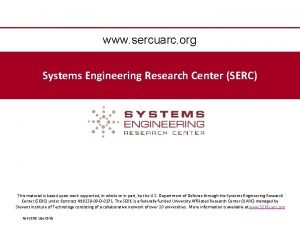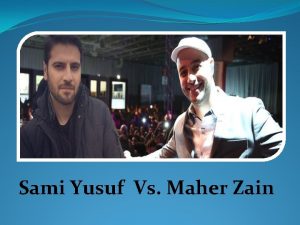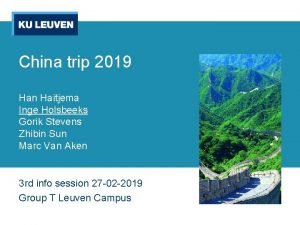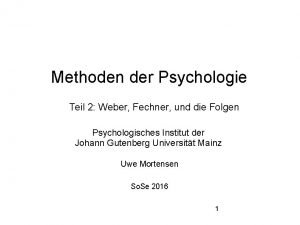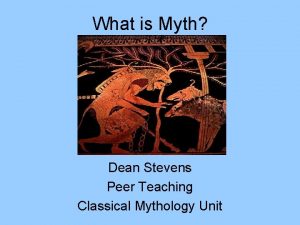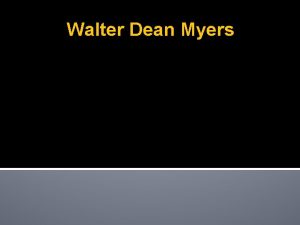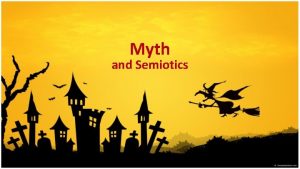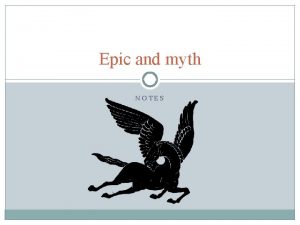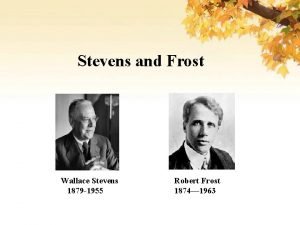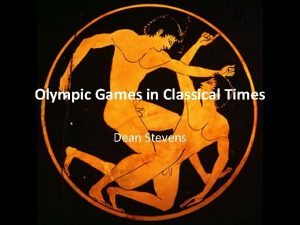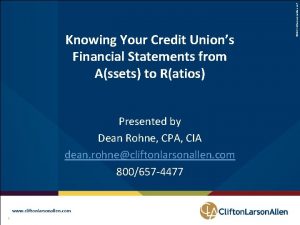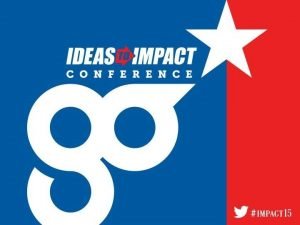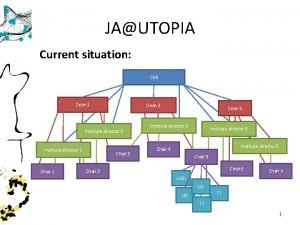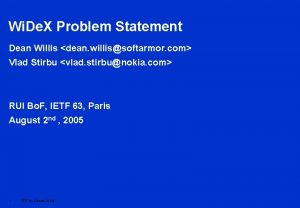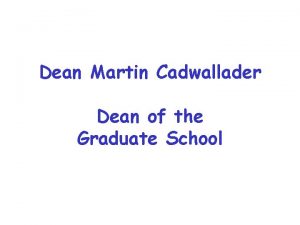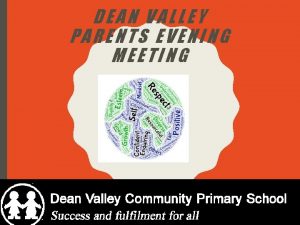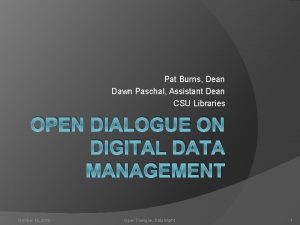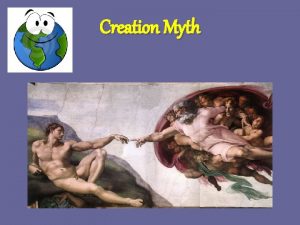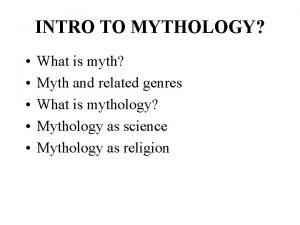What is Myth Dean Stevens What is Myth




























- Slides: 28

What is Myth? Dean Stevens

What is Myth? • • • Fact or Fiction? μύθος Characteristics of Myth Culture Specific or Universal? Why Myth? Is Myth Science? Religion? Something Else? • Theories/Classification of Myth?

Characteristics of Myth • • Supernatural Stories involving gods, and/or heroes Originally Oral Tradition Cultural World View/Prehistory Can change, No Set Story Can have several versions Can be contradictory Written myth is the end of a very long evolutionary process

Why Myth? • To Entertain • To explain the unexplainable • Retelling Prehistory

Why Myth? : Ancient Greeks 6 th Century BCE Scientific Observation • Theagnes of Rhegion (c. 525 BCE): --Gods are symbolic of natural processes • Anaxagoras : gods can’t be taken literally • Xenophanes: gods are immoral and are fashioned in our own image • Euhermerus of Messene 300 BCE: Fiction: Gods were mortal kings

Why Myth? : Modern Interpretation • 2 types of Theories: External/Internal • External: Environmental • Internal: Comes from within us

External Theories of Myth • Nature Myth Theory • Ritual Myth Theory • Etiological Theory

Internal Theory • Freudian Theory • Wish fulfillment/violation of taboos • Dionysos is Id—repression of Dionysos leads to perversion and violent outbreaks • Explains tragedy. • Doesn’t Explain ancient cultural roots of many myths

Internal Theory • Carl Jung • Archetypal Myths • Myths similar to dreams • Claude Levi-Strauss • Structuralism: World is a reflection of mind’s binary organization (good vs. evil, light vs. dark) • Myth deals with reconciliation of opposites • Divine will versus human ambition

Are Myths Universal? • Flood Myth • Hero Archetypes • Creation Myth

Flood Myth • Epic of Gilgamesh Tablet XI (700 BCE ? ) Utnapishtim 2700 BCE • Epic of Atra-Hasis 1800 BCE • Torah Book of Genesis 1400 BCE Ch 6 -9 Noah • Ovid Metamorphoses Deucalion and Pyrrha

Classifying Myth • Allegory/Symbol • The Castration of Uranus: fresco by Vasari & Cristofano Gherardi c. 1560

Classifying Myth • Cosmology/Cosmogony/Creation Myth

Creation Myth: Atum 2400 BCE

Atum Pyramid Texts • • Atum –The Complete One Rises from Primeval Water (chaos) Maa –Order Creates by releasing life-force into his mouth –spits out gods, life • Man created from his tears • Apophis –Dragon (Chaos) Underworld

Creation Myth Enuma Elish • Marduk and Tiamat 2800 BCE-1900 BCE • Apsu (Ocean) Tiamat (Primeval waters-Chaos. Dragon) • Rebellion of First Gods-Failed Tiamat Motherly Concern • 2 nd Rebellion • Marduk Supremacy • Nintu-Earth Creates man from mud and slain god

Gnosticism: Prophet Mani • • • Battle between Light and Dark Time King of Darkness Primal Man Adam and Eve Jesus

Hesiod Theogony • • • 750 BCE Chaos –Independent Existence Gaea (Gaia) Independent Existence Tartarus –The Abyss Independent Exist Eros – Procreative Love –Independent Chaos and Gaea can mate or create independently • Story of conflict among the gods-permeates cosomos

Hero Archetype • The Heroic Pattern Archetypal Elements and Events • Element 1: Early Life • The hero’s mother is a royal virgin. • His father is a king • The circumstances of his conception and birth are unusual, and • He is reputed to be the son of a god. • At birth an attempt is made, often by his father or maternal grandfather, to kill him, but • He is spirited away, and • He is reared by foster parents in a far country

Hero Archetype • Element 2: Young Adulthood • On reaching manhood, he returns or goes to his future kingdom. • He falls under the control of an enemy.

Hero Archetype • • • Element 3: Journey or Quest He often makes a journey to the Underworld, or the shades of the dead may visit him Has a purpose for his journey Travels to the end of the earth Seeks directions and/or advice Finds women a danger to his success Gains a guide Is given weapons or talismans with magical powers Crosses water Confronts the powers of death in the form of shades and/or monsters Tries to bring back to earth an item or person from the Underworld, but Is at best only partly successful

Hero Archetype • Element 4: The Return Home • 11. After victory over the king and/or a giant, dragon, or wild beast 12. He marries a princess, often the daughter of his predecessor, and 13. Becomes king. 14. Eventually, he loses favor with the gods and/or his subjects, and 15. He meets a mysterious death. 16. His children do not succeed him. 17. His body is not buried, but 18. He has one or more holy sepulchers.

Hero Archetype • • Element 5: Major Themes often associated with the hero The human quest: a journey of discovery about himself, his society, and his universe Isolation: essentially alone, the hero’s courage, strength, and wisdom are tested The quest as a dual struggle, both physical and psychological (a struggle to resolve the conflict between the body and the soul, between duty and desire, between the animal urges and divine aspirations, etc. ) The cycle of life, death, and rebirth The hero as redeemer: often restores the kingdom to health and fertility The hero as model: "by his half-divine nature, his glorious deeds, his relentless pursuit of immortality, the hero uplifts humanity from its dismal condition and reminds us of our godlike potential"

Myth in Greek Culture • • Anthropomorphic Polytheism Humanism Individualism Competitiveness

Anthropomorphic Polytheism

Humanism • Protagoras: “Man is the measure of all things…” • Bonnie Tyler: “I need a Hero…”

Individualism • What about me? ? ? Achilles is about to kill Penthesileia, the Amazon Queen at Troy: Large Athenian amphora, c. 540 BC, found at Vulci in Etruria.

Competitiveness • Achilles: Glory or Obscurity?
 Dean d dean
Dean d dean Fromme423
Fromme423 Robert stevens manchester
Robert stevens manchester Evelyn stevens marianismo
Evelyn stevens marianismo Usc innovation
Usc innovation Stevens power law
Stevens power law Cat stevens hallelujah
Cat stevens hallelujah Unix network programming
Unix network programming Ammi ruhamah freemason
Ammi ruhamah freemason Reel to reel institute
Reel to reel institute Smart and stevens cohabitation
Smart and stevens cohabitation Raw socket in networking
Raw socket in networking Subcutaneous nodules
Subcutaneous nodules Liesbet stevens echtgenoot
Liesbet stevens echtgenoot Lyrics to peace train by cat stevens
Lyrics to peace train by cat stevens Marybeth murphy stevens institute
Marybeth murphy stevens institute Dave stevens palo alto networks
Dave stevens palo alto networks Principio figura sfondo
Principio figura sfondo Eoligos
Eoligos Dr lauren stevens
Dr lauren stevens Serc systems engineering
Serc systems engineering Sami yusuf father name
Sami yusuf father name Han haitjema
Han haitjema Lake stevens high school pool
Lake stevens high school pool Wally stevens
Wally stevens Stevens village bison farm
Stevens village bison farm Psychometrische funktion
Psychometrische funktion Smart and stevens cohabitation
Smart and stevens cohabitation Stevens school
Stevens school


